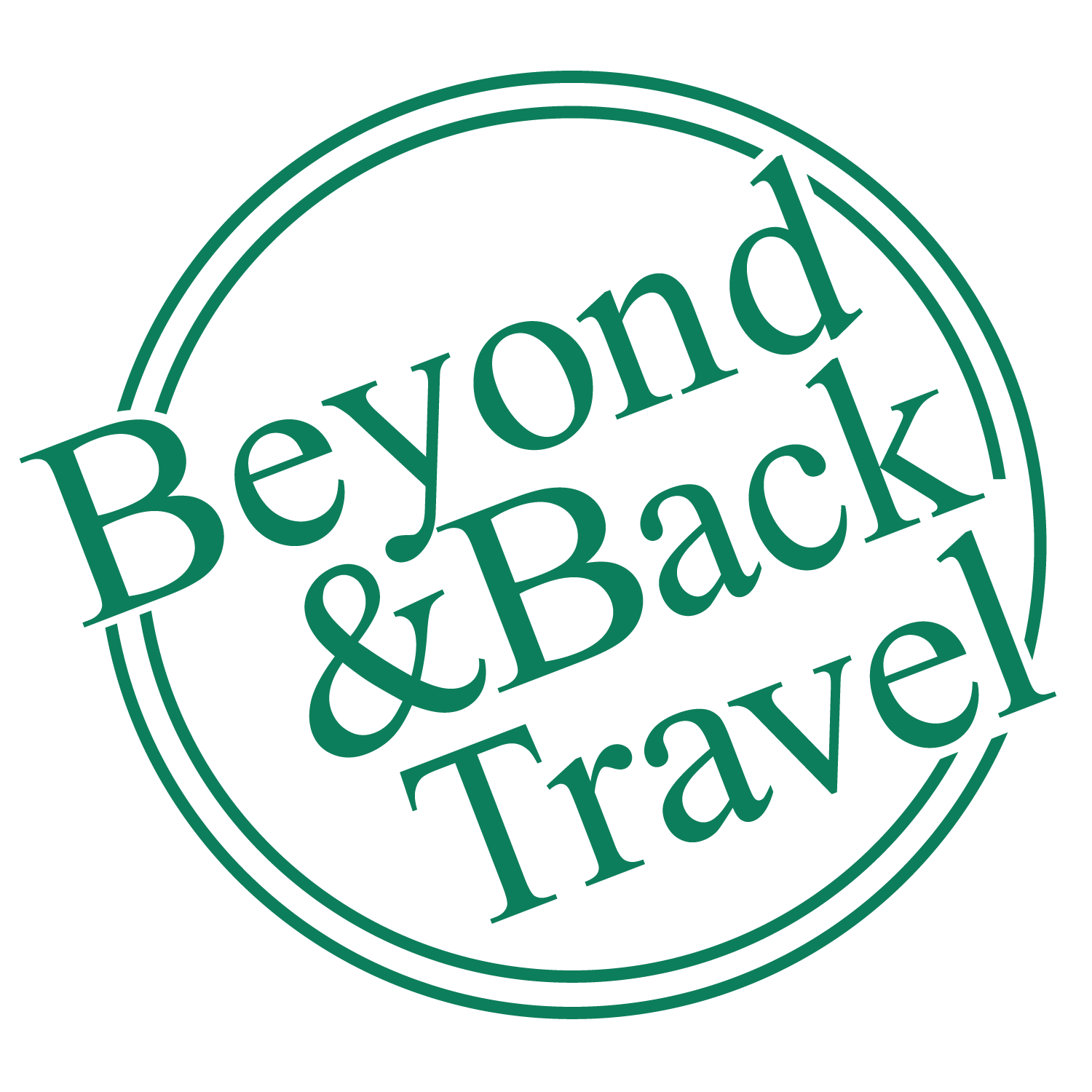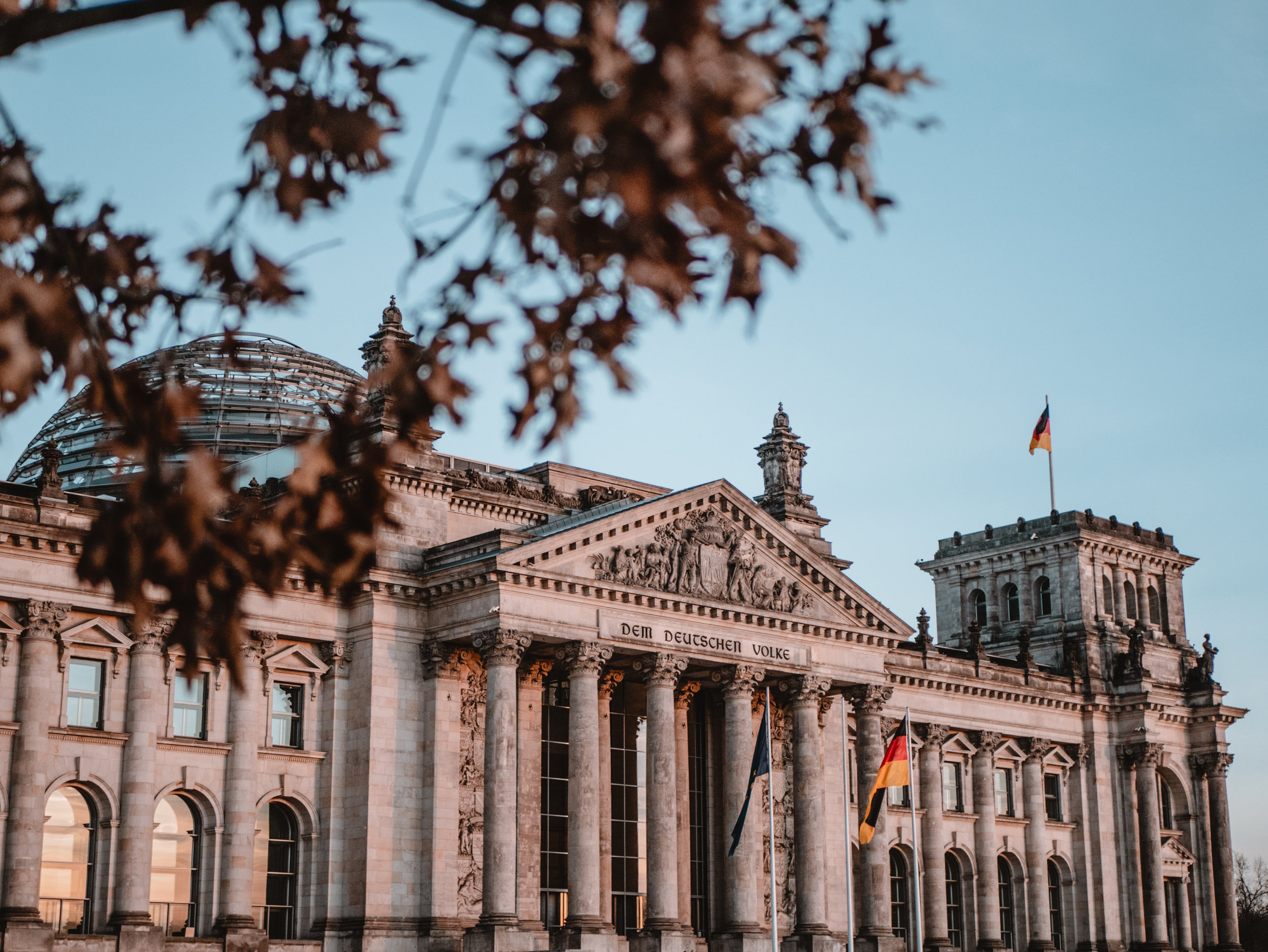Commemorating the Peaceful Revolution in Berlin
For more than a quarter century, the Berlin Wall stood as a barrier dividing the city and preventing citizens of Communist East Germany from fleeing to the West. It was also a visible reminder of the Cold War between the United States and the Soviet Union.
When the concrete barrier was opened on Nov. 9, 1989, it was a cause for celebration around the world. This year, Berlin will mark the 30th anniversary of what it calls the Peaceful Revolution with events from Nov. 4-10, transforming the city into an open-air festival of freedom.
One of the week’s highlights will be a series of concerts on Nov. 9 that will take place on multiple stages with a variety of genres, from classical to rock, jazz and pop. In addition, visitors can learn about the wall’s construction in 1961, and its downfall, through exhibits and performances at some of Berlin’s most iconic spots, including the 18th-century Brandenburg Gate, which served as the backdrop for President Ronald Reagan’s 1987 speech in which he uttered his famous demand to the Soviet leader, “Mr. Gorbachev, tear down this wall.”
If you can’t make it to Berlin in November, you can explore this period in the city’s past year-round.
The Berlin Wall Memorial includes a section of the wall and a watchtower, showing how the barrier appeared through the end of the 1980s. The East Side Gallery, the longest intact section of the wall, is covered with murals created by an international roster of artists. At the Allied Museum, visitors can learn about the history of the Western powers, including American troops, stationed in Germany after World War II. The DDR Museum offers a glimpse into life in East Germany. While the city was divided, some subway lines continued to run through East Berlin without stopping. An exhibit in one of these “ghost” stations tells the story of people who attempted to flee through the train tunnels. And the Espionage Museum provides a window into the shadowy world of spies who operated in Berlin during the Cold War.
To experience the flavor of modern Berlin, spend some time strolling through the city’s neighborhoods.
In Mitte, Berlin’s center, tour the Reichstag, or Parliament, take a boat ride along the River Spree, walk among the concrete blocks of the city’s moving Holocaust Memorial and visit Museum Island, with its five world-class museums showcasing art from around the world. Kreuzberg, which has a young, artistic vibe, is among Berlin’s most multicultural neighborhoods, filled with galleries, thrift shops, cafes and restaurants. The neighborhood is also home to the city’s Jewish Museum and the English Theatre Berlin. Stylish and affluent Charlottenburg is home to the Berlin State Opera as well as Charlottenburg Palace, built in the late 17th century as a summer home for the royal family. Spend some time touring its elegant rooms and magnificent baroque gardens.






